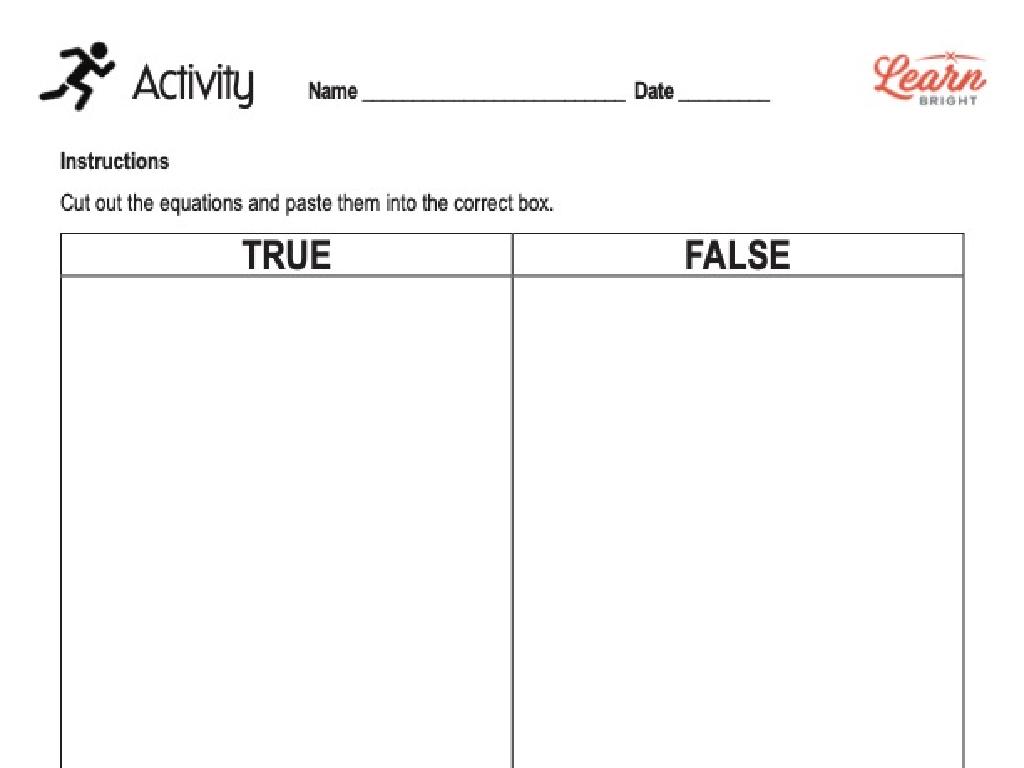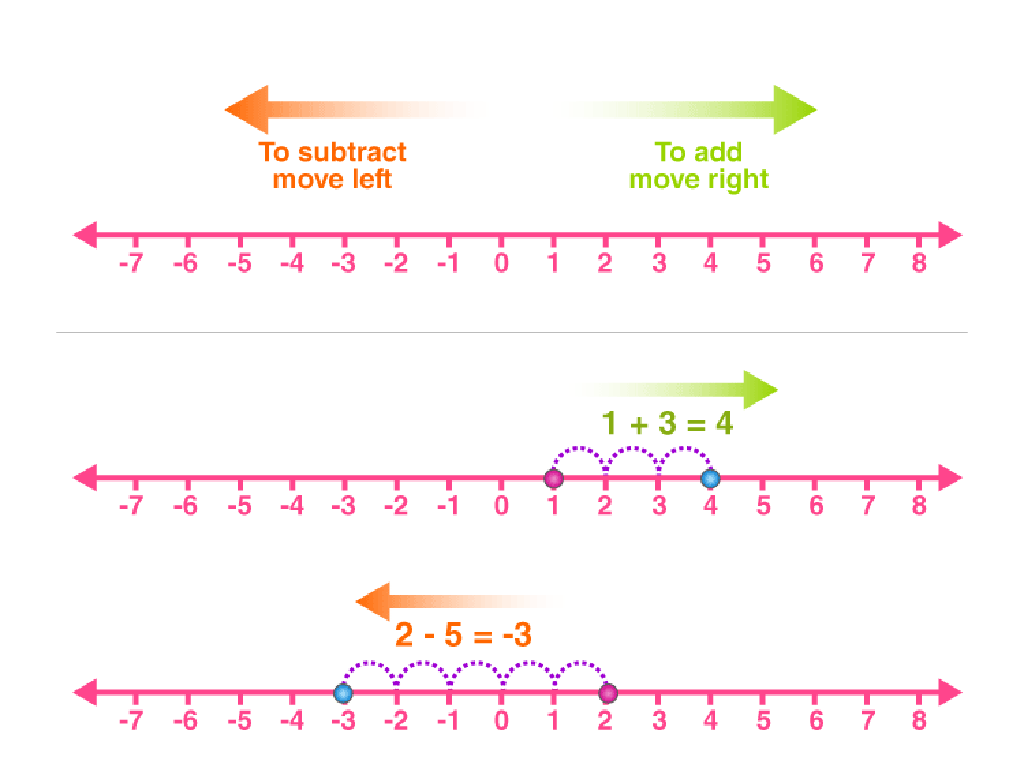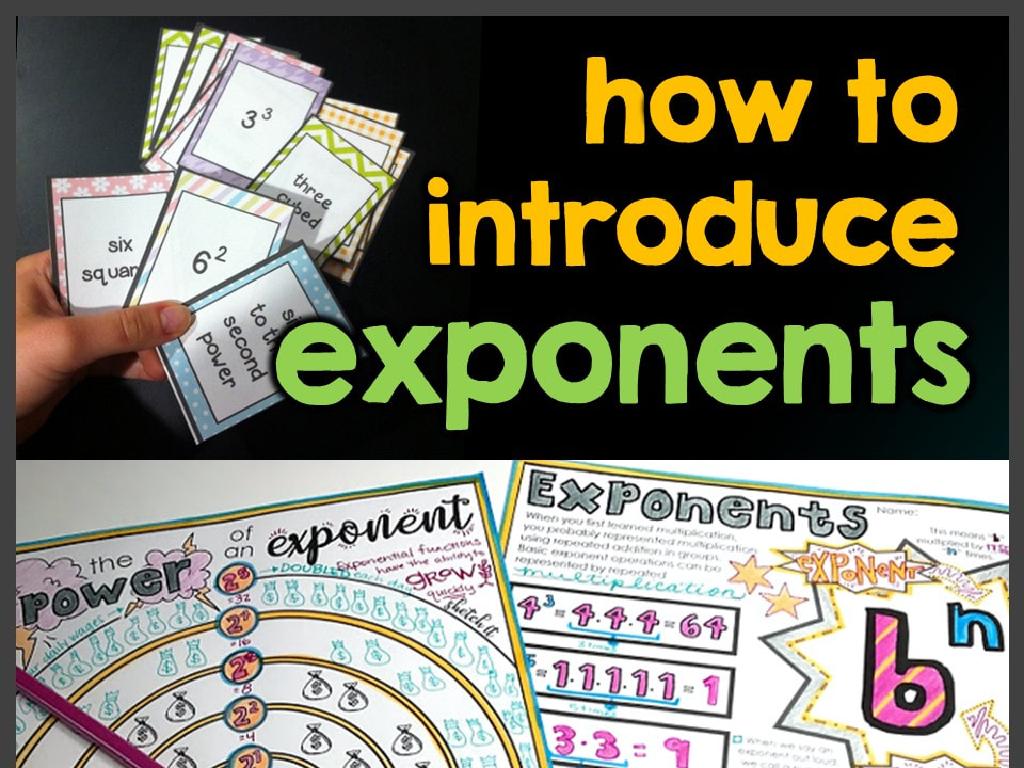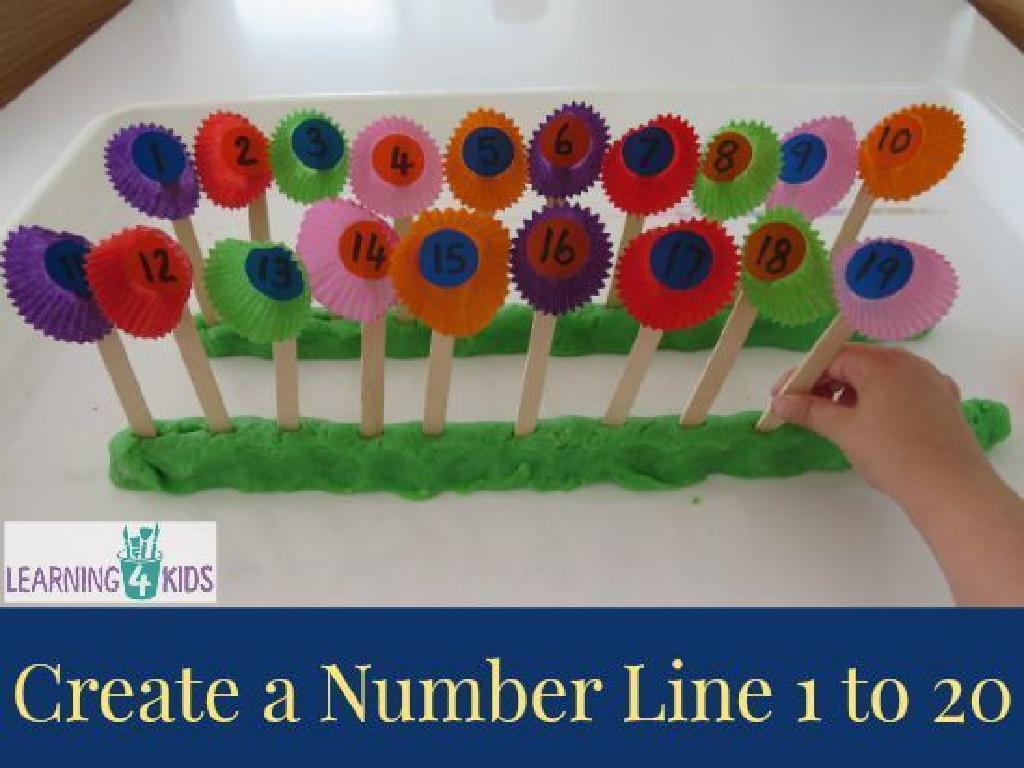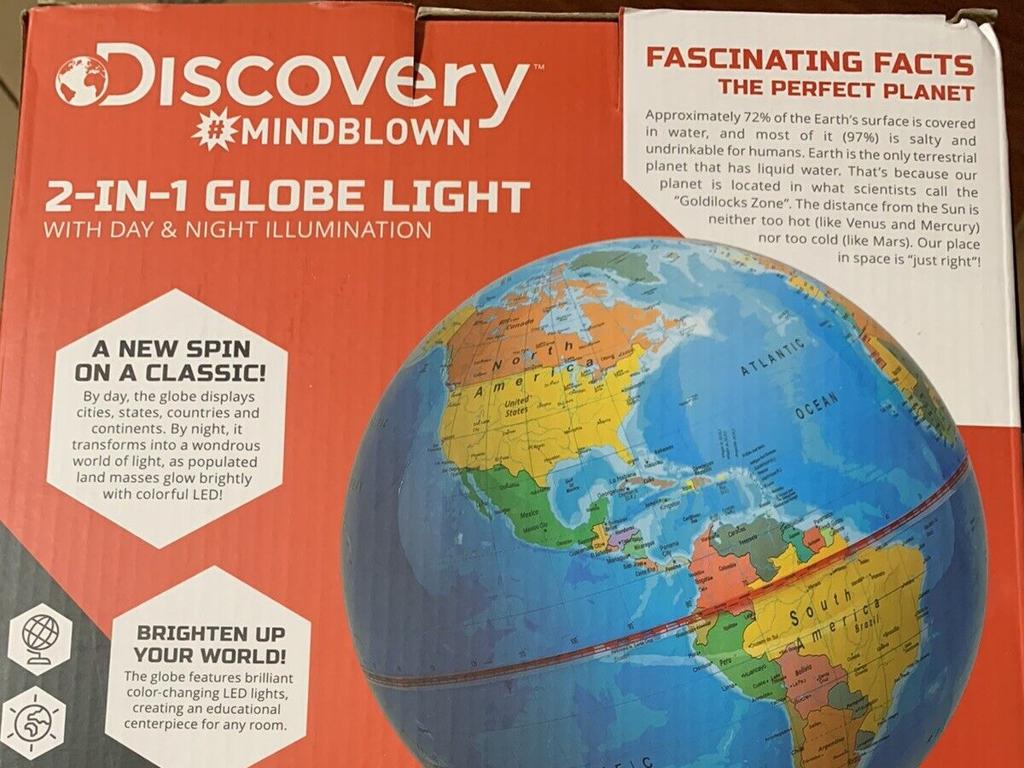Read About Food
Subject: Language arts
Grade: Third grade
Topic: Informational Texts: Level 1
Please LOG IN to download the presentation. Access is available to registered users only.
View More Content
Exploring Informational Texts: All About Food
– What are informational texts?
– Texts that give facts and teach us about a topic.
– Why read about food?
– Food is essential for health and culture, and it’s interesting!
– Finding facts in texts
– Look for bold words, headings, and captions to find key information.
– Practice with a food article
|
Today’s lesson introduces students to informational texts with a focus on food-related content. Begin by explaining what informational texts are and their purpose, which is to inform and educate about factual topics. Emphasize the importance of food as it relates to health, culture, and personal interest to engage students. Teach students how to identify key facts by pointing out text features such as bold words, headings, and captions that often highlight important information. Conclude with a hands-on activity where students read a short article about food and practice finding facts. This will help solidify their understanding of how to navigate informational texts and extract useful information.
Exploring Informational Texts About Food
– What is informational text?
– It provides facts about a topic to teach us.
– Where to find informational texts?
– Look in books, articles, and food packages.
– Examples: Cookbooks and menus
– Use cookbooks to follow recipes, menus to choose meals.
– Learning from nutrition labels
– Nutrition labels show what’s in our food.
|
Informational text is a type of non-fiction writing that provides factual information on a specific topic. It’s important for students to recognize informational texts in various formats, such as cookbooks, which provide recipes, or menus, which help us decide what to eat. Nutrition labels on food packaging are also informational texts that teach us about the ingredients and nutritional value of the food we eat. Encourage students to bring in examples of informational texts related to food, such as a recipe or a cereal box, to discuss how these texts inform and educate us.
Exploring Informational Texts: Food Facts
– Table of Contents: Your Food Guide
– Find topics about food and where they are in the book.
– Headings: Discovering Food Sections
– Each section’s title tells us more about different foods.
– Glossary: Learning Tough Words
– A mini-dictionary at the end of the book for hard words.
– Pictures and Captions: Visual Learning
– Photos of food with descriptions help us understand better.
|
This slide introduces students to the key features of informational texts, using the context of reading about food. The Table of Contents is a map of the book, guiding students to different topics on food. Headings break down the text into manageable sections, each focusing on a specific aspect of food. The Glossary is a tool for learning the meaning of difficult words related to food, enhancing vocabulary. Pictures and captions provide a visual representation to support the text and aid in comprehension. Encourage students to use these features as they read about food to help them understand and retain information. Have them practice by looking up a topic in the Table of Contents, identifying headings, finding words in the Glossary, and explaining what they learned from a picture and its caption.
Exploring Food Through Reading
– Discovering food via texts
– Learn about food varieties
– Explore fruits, vegetables, grains, and more
– Origins and benefits of foods
– Where does food grow? How does it help our body?
– Find interesting food facts
– Share fun facts you learned about your favorite foods
|
This slide is aimed at sparking curiosity among third-grade students about the diverse world of food through informational texts. Encourage them to think about the different types of food they know and introduce them to new ones through reading. Discuss the importance of knowing where our food comes from and how it contributes to our health. Use the reading session to highlight interesting facts about food, such as the longest fruit or the most popular vegetable in the world. This will not only enhance their knowledge but also improve their reading comprehension skills. After reading, engage the class in a discussion to share what they found fascinating about the foods they read about.
Understanding Nutrition Labels
– Nutrition labels tell food secrets
– They show calories and nutrients
– Learn about vitamins and minerals
– Let’s explore a label example!
– Example: A cereal box label shows fiber, sugar, and vitamin content.
|
This slide introduces students to the concept of nutrition labels and their importance in understanding what we consume. Nutrition labels are like a secret code on our food packaging that reveals the nutritional value of what we eat, including how many calories are in a serving and what vitamins and minerals are present. It’s crucial to explain that calories are like energy for our bodies and that vitamins and minerals help keep us healthy. Use a common food item, such as a cereal box, to walk through an example of a nutrition label. Discuss each part of the label, such as serving size, total calories, and the breakdown of nutrients. Encourage students to start looking at labels on their food at home with their parents and to bring questions to class.
Class Activity: Food Fact Finders
– Form small groups and pick a food item
– Read the food’s informational text together
– Write down three interesting facts
– Look for history, nutritional value, or how it’s made
– Share your findings with the class
|
This activity is designed to engage students with informational texts by exploring the topic of food, which is both relatable and interesting for third graders. Divide the class into small groups and allow each group to choose a food item they are curious about. Provide a variety of informational texts about different foods, such as bananas, carrots, or bread. Encourage students to read carefully and discuss within their groups to identify three facts that they find intriguing. These could be related to the food’s origin, how it’s grown or produced, its nutritional benefits, or its role in different cultures. At the end of the activity, each group will present their facts to the class, fostering public speaking skills and knowledge sharing. For the teacher: prepare a diverse selection of texts, facilitate group discussions, and ensure each group is on task. Have a backup plan for groups that finish early, such as drawing the food item or writing a short story about it.
Becoming Food Fact Finders!
– Congratulations on your hard work!
– Informational texts are everywhere
– Like on food packages, in cookbooks, and menus
– They’re packed with fun food facts
– Find out where food comes from, how it’s made
– Continue exploring and learning
|
This slide is meant to wrap up the lesson on reading about food through informational texts. It’s a celebration of the students’ efforts in becoming more knowledgeable about the foods they eat. Emphasize the prevalence of informational texts in everyday life and encourage the students to keep observing and reading these texts for more knowledge. Suggest that they look at food labels, read recipes, or even menus to understand the nutritional value and origin of foods. This will help them make informed choices about their diet and foster a lifelong curiosity about the world around them.

